(CPV) - As low-cost and mid-range housing is gradually “disappearing” from the market, people with average and low incomes are finding it increasingly difficult to own a stable place to live. The imbalance between supply and demand in the market not only creates consequences for the economy but also puts pressure on social life.
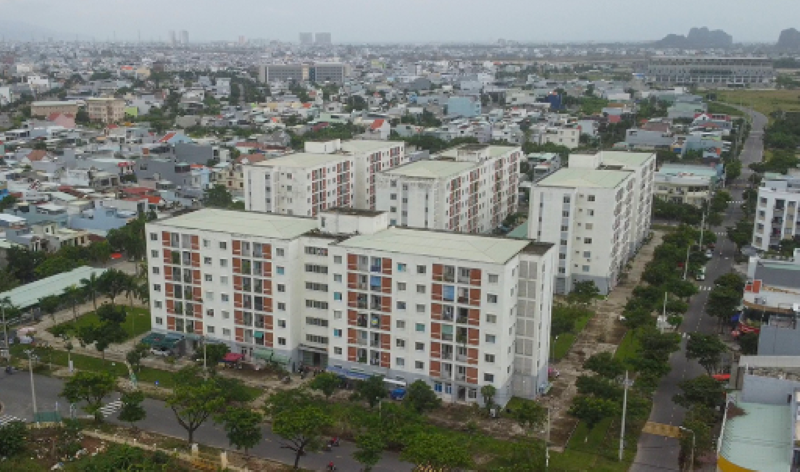 |
| Many people with low and middle incomes are facing a "thirst" for suitable housing (Photo: HNV) |
The imbalance between supply and demand in the Vietnamese real estate market is currently becoming a prominent issue and is being mentioned more and more. In the market, affordable housing – which is a basic need of the majority of the population – is gradually “disappearing”, giving way to high-end and luxury products. This situation not only directly affects the dream of settling down of millions of workers but also causes potential consequences for the economy and society.
Minh and Lan, a young couple in Hanoi , said that after more than a year of saving and borrowing from their family, they had nearly 2 billion VND in hand and wanted to buy an apartment in the suburbs. However, when they started to research projects, they discovered that apartments priced from 2 billion VND or less were almost gone. With the current situation, the couple could only rent an old apartment far from the center, but settling down in a long-term place was still a distant dream.
The shortage of affordable apartments is becoming serious, and according to a survey by Batdongsan.com.vn, many people with average and low incomes are facing a situation of "thirst" for suitable housing. New projects all have high prices from 45 million to over 100 million VND/m2, only serving customers with high incomes, creating a serious imbalance in product structure in the market.
According to the Vietnam Association of Realtors (VARS), most of the new supply on the market is luxury apartments, with an average price of 60 million VND/m2. Luxury and high-end projects are growing rapidly, while affordable and mid-range apartments have almost “disappeared”. Especially in big cities like Hanoi and Ho Chi Minh City, luxury apartments with prices up to 200 million VND/m2 have appeared. This means that the market is gradually moving away from the real needs of the majority of people.
CBRE’s report also shows that in the third quarter of this year, the real estate supply in Hanoi mainly came from the high-end segment, accounting for 75% of the total supply. This is an alarming figure considering that the average income of the people cannot meet the rising housing prices. The consequence of this imbalance is the formation of a real estate “bubble” – where most of the products are aimed at investors and high-income earners, gradually pushing real home buyers out of the market.
The imbalance between supply and demand not only directly affects families looking for a suitable place to live, but also causes major problems for society and the economy. A market lacking affordable apartments, while focusing only on high-end products, will create profound instability.
First of all, the pressure on society , workers and low-income earners are increasingly moving away from the dream of owning a home, leading to the situation of long-term rental housing becoming more common. This can cause psychological instability and negatively impact the quality of life. In addition, having to live in areas far from the center makes it difficult for workers to move, leading to reduced labor productivity.
In addition, there is the risk of economic instability when most of the supply is concentrated in the high-end segment, the market is at risk of being "inflated", creating a real estate bubble. This bubble can burst when the market can no longer meet real demand, leading to a loss of value of luxury apartments and affecting the entire economy.
Along with that is the increase in inequality when real estate only serves the upper class and investors, low-income people will be increasingly excluded from the market. This leads to an increase in inequality, with a few being able to own large assets, while the majority of people are unable to buy houses.
To solve the problem of supply-demand imbalance in real estate, experts say there needs to be synchronous intervention from both the state and the private sector.
Accordingly, one of the urgent solutions now is to increase the development of affordable housing and social housing projects. The Ministry of Construction has set a target of building 1 million social housing units by 2025. To accelerate this progress, the government can consider support policies for investors, such as exemptions from land tax or value-added tax (VAT), or even support for loan interest rates. These incentives will help reduce input costs for businesses, encouraging them to invest more in the affordable housing segment instead of focusing only on high-end projects. In addition, adjusting construction density in areas with good infrastructure is also a solution to increase the supply of affordable housing without expanding land area.
To prevent speculation from driving up housing prices, the government could impose stricter controls. Experts have discussed solutions such as imposing higher taxes on short-term transactions, which would help reduce speculative transactions aimed at making quick profits. At the same time, real estate ownership regulations should also be reviewed to encourage buyers to keep their properties for a long time instead of reselling them in a short time. These measures would help stabilize housing prices, creating better conditions for those with real housing needs.
Not only the role of the government, cooperation between the public and private sectors is also essential in developing affordable housing. The state can support by providing free land or land discounts for social housing projects, while enterprises are responsible for implementing and managing the project. The public-private partnership (PPP) model will help share risks and benefits, promoting the sustainable development of affordable housing.
In addition, transparency of information about the real estate market is an important factor for people and businesses to make accurate decisions. Management agencies need to fully disclose information about prices, planning and progress of projects so that people have a correct view, avoiding the situation of "fever" in real estate prices caused by speculation. Communication work also needs to play a big role in orienting market psychology, helping people understand the real value of housing and avoid chasing "virtual fever".
In addition to supporting businesses in building affordable housing, the government should also have financial support programs for people who want to buy houses in this segment. Home loan packages with preferential interest rates will be a practical option, helping people with average and low incomes easily access capital and buy houses in long-term installments. For households in difficult circumstances, providing direct financial support or subsidizing part of the house purchase price is also a useful solution to help them have the opportunity to settle down.
Another indispensable solution is to upgrade the transport infrastructure in suburban areas. Limited traffic conditions force many workers to look for housing in areas far from the city center, which not only increases the price of housing in the inner city but also affects people's access to jobs and social amenities. When the transport system connecting suburban areas is improved, these areas will become an ideal choice for people with moderate incomes, reducing pressure on the inner city housing market and creating a more stable housing supply.
To rebalance supply and demand in the real estate market, there needs to be coordinated efforts from the government, businesses and financial institutions. Measures such as increasing the development of affordable housing, controlling speculation, promoting public-private partnerships, and upgrading transport infrastructure will help improve the current situation. When these solutions are implemented, not only will housing become more accessible to the majority of people, but the real estate market will also develop more balanced and sustainable in the future.
Source: https://dangcongsan.vn/cung-ban-luan/lech-pha-cung-cau-bat-dong-san-va-ap-luc-xa-hoi-682305.html


![[Photo] Da Nang: Hundreds of people join hands to clean up a vital tourist route after storm No. 13](https://vphoto.vietnam.vn/thumb/1200x675/vietnam/resource/IMAGE/2025/11/07/1762491638903_image-3-1353-jpg.webp)














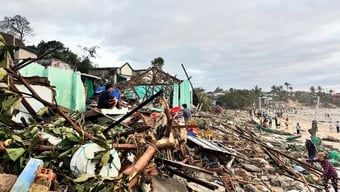


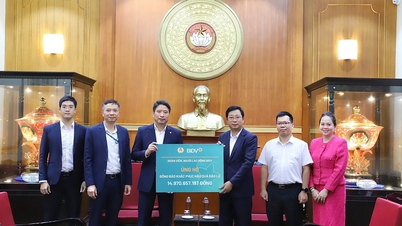
































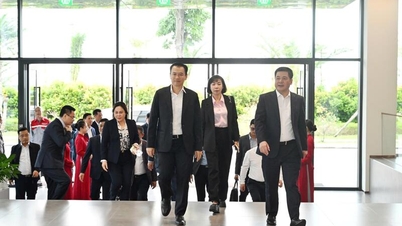























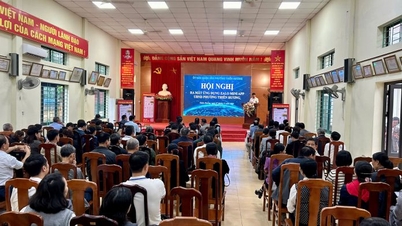






















Comment (0)